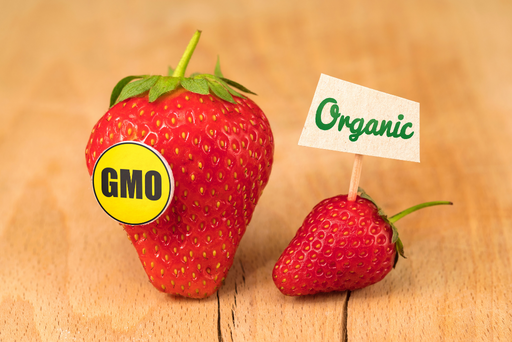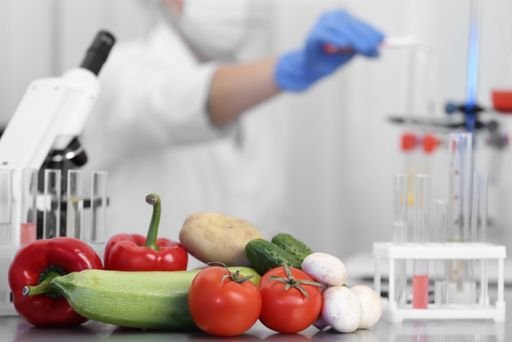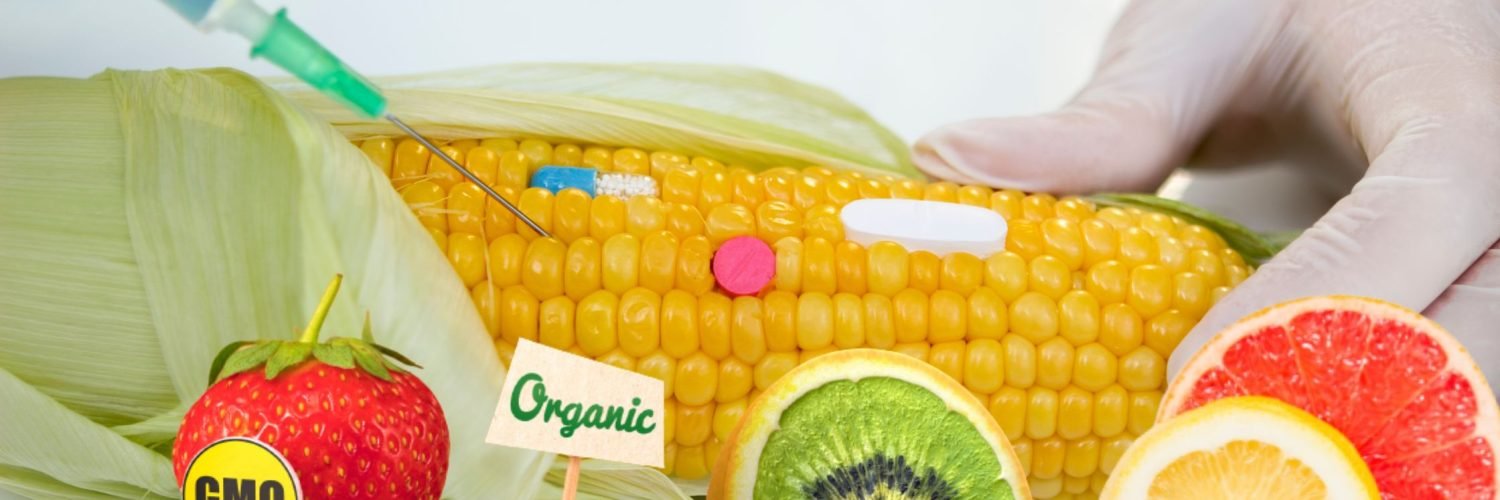GM Crops – Why is GMO food produced?
Genetically modified food is created and marketed because it is believed to have some advantages for both the producer and the consumer. It has benefits like reduced price and higher nutritional value and shelf life of the product at the outset. The primary objective of growing plants based on genetically modified organisms is to have more excellent crop protection by increasing their resistance against viruses and insects and improving their tolerance against insecticides and herbicides. A type of genetically modified plant is an insect resistance plant, in which toxic genes are directly introduced into the plant’s genome via recombinant DNA methods to protect the plant against insects and pests. Cultivation of genetically modified crops containing insect resistance genes from Bacillus thuringiensis has reduced the use of insecticides on cotton. But are gm food safe? Come and find out more about it.
Difference between Genetically Modified Organisms (GMO) and genetically modified food
Genetically modified organisms (GMOs), also known as GM crops or genetically modified foods, are microorganisms, plants, or animals whose genetic composition has been altered through genetic engineering or recombinant DNA technology. This process involves transferring genetic material from one organism to another, whether they are related or unrelated species. The technology used to create these GMOs, also referred to as gene technology or modern biotechnology, has raised concerns regarding food safety, the food supply, and the health risks associated with GMOs.
GM crops, such as GM corn, GM potato, and golden rice, have been developed to enhance the nutritional value and yield of food crops. However, questions about the safety of genetically modified organisms for human consumption and animal feed have prompted risk assessment and animal feeding trials. The aim is to ensure the safety of genetically modified foods and the health of consumers.
The production of genetically modified organisms has also sparked debates about the impact on the environment and the coexistence of GM crops with conventional crops. As the population grows, the role of genetic modification in addressing food security and sustainable agriculture becomes increasingly important. Scientists continue to study the long-term effects of GMOs on consumer health and the nutritional value of food products.
Genetically modified organisms, or GMOs, play a significant role in food science and the future of our food supply. While there are ongoing discussions about the safety and impact of GM crops, it is crucial to conduct thorough risk assessments and ensure the transparency of the genetic modification process.

Types of genetically modified foods and plants
Plants that have been genetically modified are called transgenic plants. Cisgenic plants are those with whom only conventional breeding is possible. Conventional breeding is where genes of either the same plant species or closely related species are included in the seeds of a particular plant.
Some scientists have often argued that cisgenic modifications cannot be done at home with crossbreeding plants like potatoes. The concept behind creating genetically modified plants is to insert genes into a particular plant, either from the species of the same animal kingdom or of a different animal kingdom.
Disadvantages of genetically modified plants
There have been disadvantages concerned with genetically modified crops as well. For starters, genetically modified crops can affect human health. For instance, these crops can cause allergies to certain people, although it is still not wholly determined that these are the only cause for allergies.
Transgenic crops with antibiotic resistance have produced superbugs that cannot be killed with any antibiotic treatment. The second concern is that genetically modified crops can also have adverse effects on the environment. For instance, pollen from transgenic corn can kill the monarch butterfly’s larvae.
Regulation of genetically modified plants
The regulation of biotechnology the management of transgenic organisms especially plants in the United States of America. The government states that the World Health Organisation must approve the transgenic method to ensure that that implication does not harm human health.

GM Foods – Are GMO safe?
Various genetically modified organisms are created by inserting different kinds of genes into them in different ways. It means that GMOs should be individually examined for individual cases as it is not possible to make a generalized statement about the safety of genetically modified food.
We can ask ourselves again and again: Are gm food safe? However, the answer, at least for now, will still be the same: Genetically modified food available in the international markets today has passed the Genetically modified crops, also referred to as GM foods, present a viable solution to address the global food shortage issue, but their cultivation raises concerns.
While they hold promise in alleviating world hunger, they also come with potential health and environmental implications. There are unquestionably commercial benefits associated with GM crops, including reduced post-harvest losses due to extended shelf life, enhanced weed control, minimized crop losses from insects and viruses, increased insecticide production, improved nutritional quality of food, and efficient hybrid seed production. These advancements enable the seed industry to better tackle crop shortages and provide superior seeds.
On the other hand, crop research focuses on pharmaceutical and food processing, considering the challenges posed by population growth and ensuring food safety while preserving genetic material in GM plants and the crops they produce.

Conclusion
To summarize, researchers argue that there is a need for increased availability of medicines and vaccines to enhance the utilization of genetically modified (GM) crops in developing nations. However, further investigation is necessary to determine the environmental sustainability of GM crops and their long-term safety for human consumption. The incorporation of medications into these crops could facilitate their transportation and storage, leading to a significant extension in their shelf life.
The utilization of GM crops, also known as genetically modified foods or GM foods, has been a subject of intense debate. The field of genetic engineering has allowed scientists to modify the genetic material of crop plants, aiming to improve food production and address issues related to food security. GM crops, such as GM corn, GMO crops, and GM potatoes, have the potential to offer various benefits but also raise concerns regarding health risks and food safety.
The development of GM technology has enabled the production of foods derived from GM plants, which have been widely used in the food industry. However, the safety and impact of such foods on human health and the environment require thorough risk assessment and safety testing. It is crucial to ensure that GM organisms, including GM tomatoes, GM seeds, and GM potatoes, undergo rigorous evaluation to guarantee consumer health and the integrity of non-GM crops.
Moreover, the introduction of genetic modification techniques has facilitated the transfer of desirable traits between different organisms, contributing to advancements in food production and animal health. GM crops, such as golden rice, have been engineered to address specific nutritional deficiencies and enhance food supplies in regions where malnutrition is prevalent. Additionally, GM crops can be used as animal feed, supporting animal health and improving the overall quality of food supplies.
In conclusion, the use of genetically modified crops has the potential to revolutionize the food industry and address various challenges related to food production, food security, and human nutrition. However, it is essential to conduct comprehensive research and risk assessments to ensure the safety and long-term sustainability of GM organisms and their impact on the environment and human health.





























